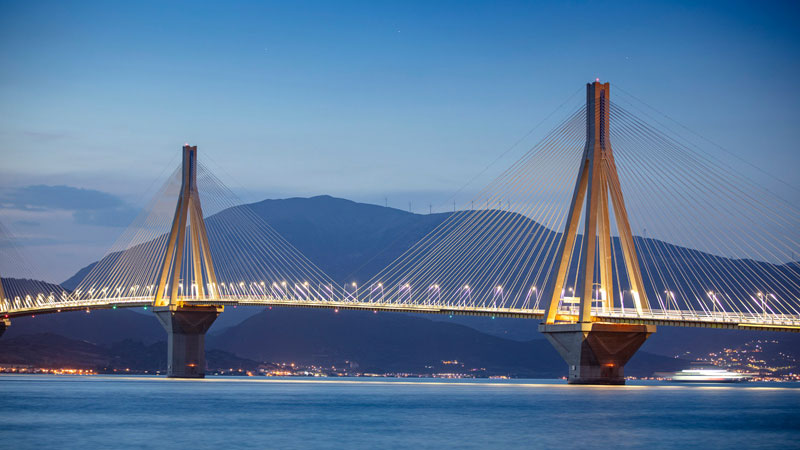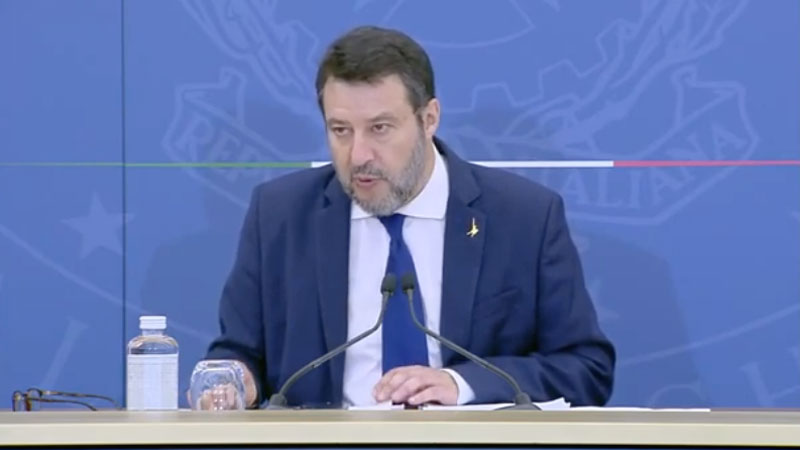CIPESS Approval of the Final Project
The Interministerial Committee for Economic Planning and Sustainable Development (CIPESS) approved the final design of the Bridge over the Strait of Messina during its session on August 6, 2025. This represents a crucial step — a true turning point in the long history of this infrastructure, awaited for decades and often at the center of political, technical, and economic debate.
With this resolution, the Bridge was officially declared a project of public utility, a necessary condition to initiate expropriation procedures and begin the executive phase.
Thanks to this decision, Italy takes a decisive step toward realizing one of the most ambitious works in its modern history — an infrastructure designed to strengthen the connection between Calabria and Sicily and to project Southern Italy into a European and Mediterranean dimension of great significance.
Details of the Approval
Who approved it: CIPESS, the Government’s interministerial body responsible for economic planning and sustainable development.
When: During the session of August 6, 2025.
What was approved: The final design of the Bridge over the Strait of Messina, including the main and complementary works.
What it means: With this approval, the work is declared of public utility, the implementation process officially begins, and the project moves to the executive design phase.
Next Steps – Launch of Construction
The timeline foresees the opening of construction sites between September and October 2025. The initial phase will focus on the so-called “preliminary works”, essential preparatory interventions to ensure the proper organization of the main construction activities.
Preliminary Works Include:
-
Construction of access roads to the work areas;
-
Setup of base camps and logistics areas;
-
Clearance of any unexploded ordnance from the subsoil;
-
Relocation and adjustment of existing underground utilities (water, power, telephone networks).
These operations, often invisible to the public, are essential to guarantee the safety and efficiency of the subsequent construction phase.
Executive Design
In parallel with the preliminary works, the executive design phase of the entire infrastructure will begin. This stage will define every technical detail — from materials and construction procedures to seismic and wind-resistance technologies, and environmental monitoring systems.
Objectives and Timeline
The goal set by the Government and the concessionaire Stretto di Messina S.p.A. is to complete and open the Bridge to traffic between 2032 and 2033. The work schedule foresees about seven to eight years of intensive construction, covering both the main structure — the world’s longest single-span suspension bridge, with 399-meter-high towers — and all road and railway connection works on both shores.
A Symbolic Work for the Country
The approval of the final project is not just a technical or administrative act, but a political and strategic milestone of national importance. The Messina Bridge officially becomes a priority infrastructure for Italy, included in the European mobility corridors and recognized as a project of national public interest.
With the opening of construction sites and completion expected within the next decade, the Strait is preparing for a profound transformation — from a border area to a corridor of connection linking people, goods, cultures, and opportunities.






